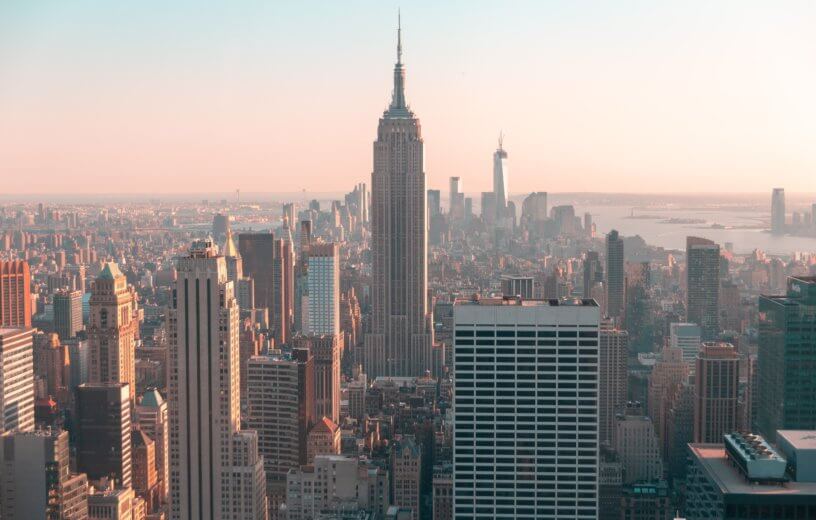NEW HAVEN, Conn. — Each year, thousands of people from all over the United States and the world make their way to New York City in hopes of achieving their dreams and furthering their careers. Now, a new study conducted at Yale University finds that even air pollutants are traveling hundreds of miles to make it to the New York/tri-state area. Remarkably, researchers say that smog generated from fires as far away as Canada and the southeastern United States has been detected in New York and Connecticut.
The study shows that these touristic air pollutants, which in many cases have traveled for days, end up resulting in significant increases in air pollution concentrations in the New York area.
The research team monitored air quality readings at the Yale Coastal Field Station in Guilford, Connecticut, as well as four additional locations in the New York metropolitan area. In August 2018, two major spikes in air pollutant levels were noted. More specifically, the pollutants being picked up on were consistent with the kind found in wildfire smoke and controlled agricultural burning.
With these observations in mind, the team at Yale used three evidence sources (observation site data, satellite-generated smoke maps, and backtracking 3-D models of air parcels) to determine the pollutants’ origins. They uncovered that the smog originated from two sources: wildfires on the east coast of Canada and a second “event” in the southeastern United States.
Wildfires and certain controlled burning events result in extensive biomass burning, which in turn causes a number of harmful pollutants to be released into the air. These pollutants, including particulate matter, are known to have serious detrimental effects on overall air quality, the climate, and the health of those unlucky enough to be breathing the smog in.
Particulate matter with a diameter of less than 2.5 micrometers (PM 2.5) tends to remain in the air for extended periods of time. It’s this staying power that apparently allowed PM 2.5 particles to travel hundreds of miles over a period of days and weeks to reach the New York area.
“Given the sensitivity of people to the health effects emerging from exposure to PM2.5, this is certainly something that needs to be considered as policy-makers put together long-term air quality management plans,” comments Drew Gentner, associate professor of chemical & environmental engineering, in a release.
“When people are making predictions about climate change, they’re predicting increases in wildfires, so this sort of pollution is likely going to become more common,” adds lead author Haley Rogers. “So when people are planning for air pollution and health impacts, you can’t just address local sources.”
While the PM 2.5 had dissipated somewhat over the course of its travels, it is still very concerning that the smog was able to travel such great distances.
“Studies indicate that there are no safe levels of PM2.5, so typically any level of it is worth taking a look at,” concludes co-author Jenna Ditto.
The study is published in Atmospheric Chemistry and Physics.
